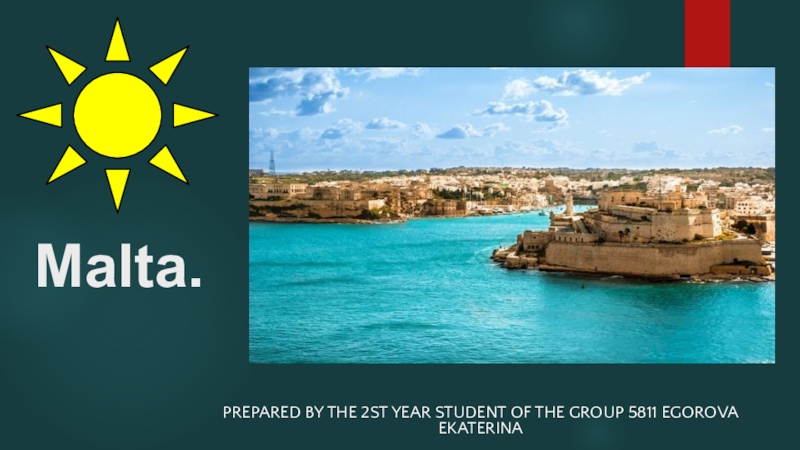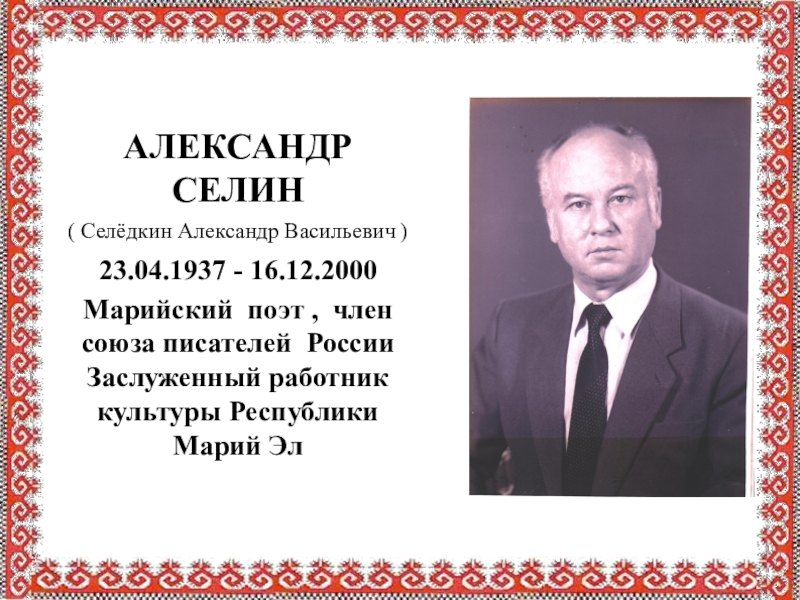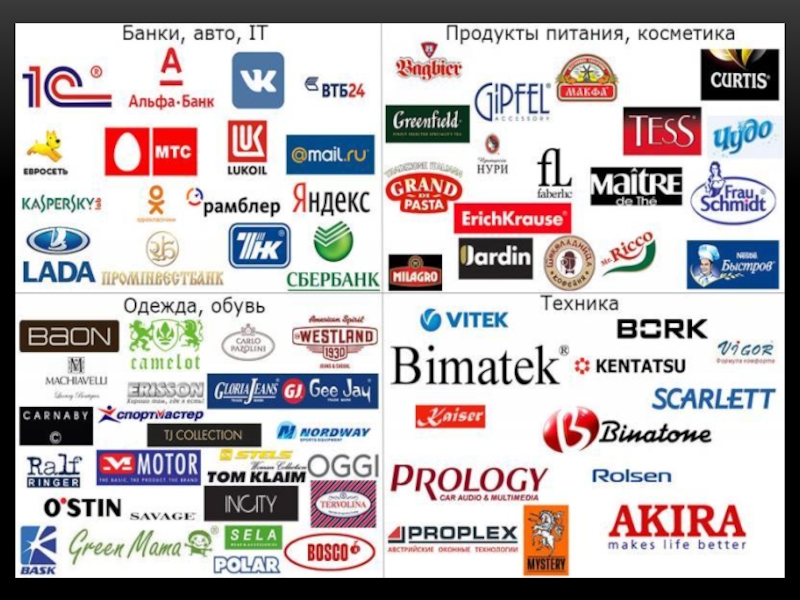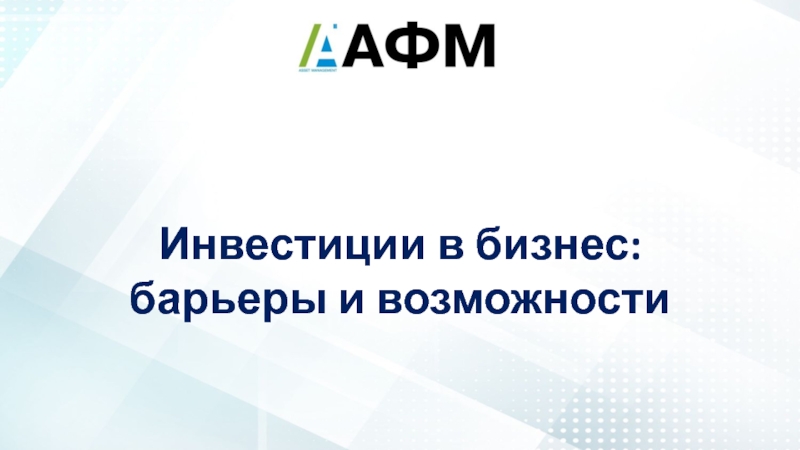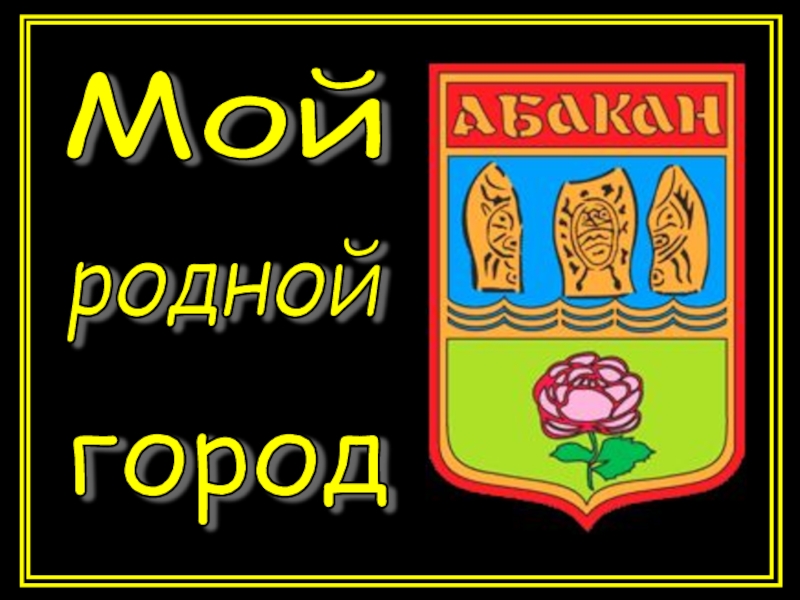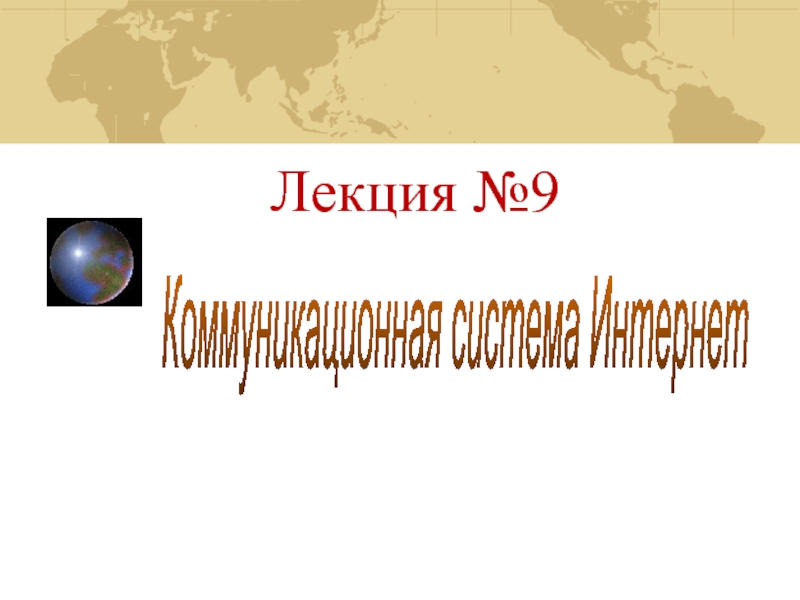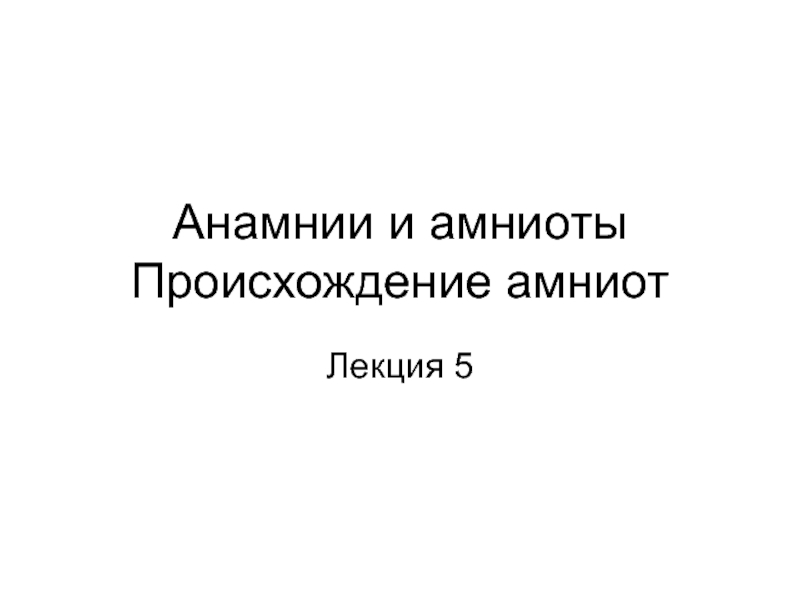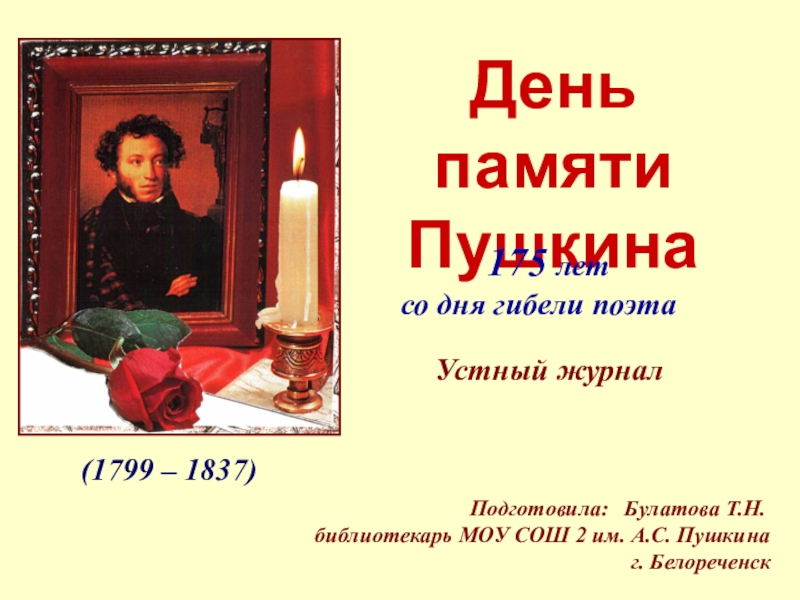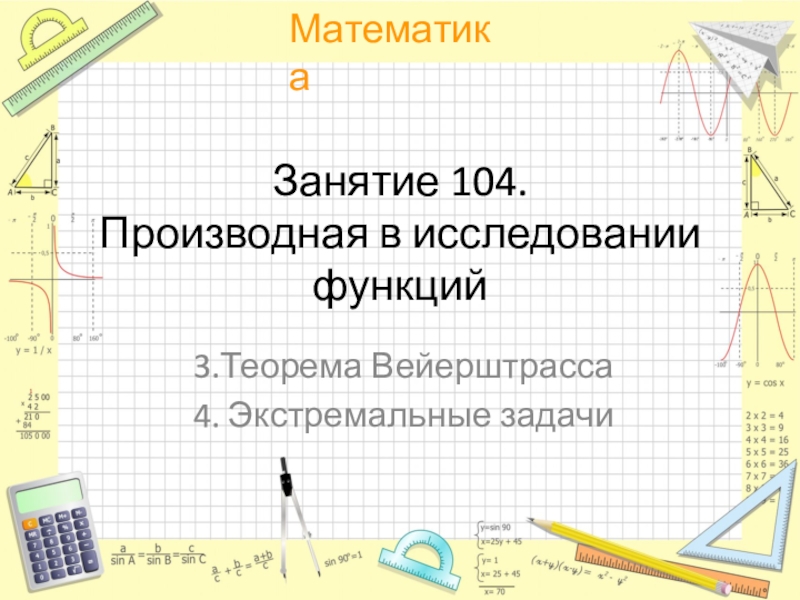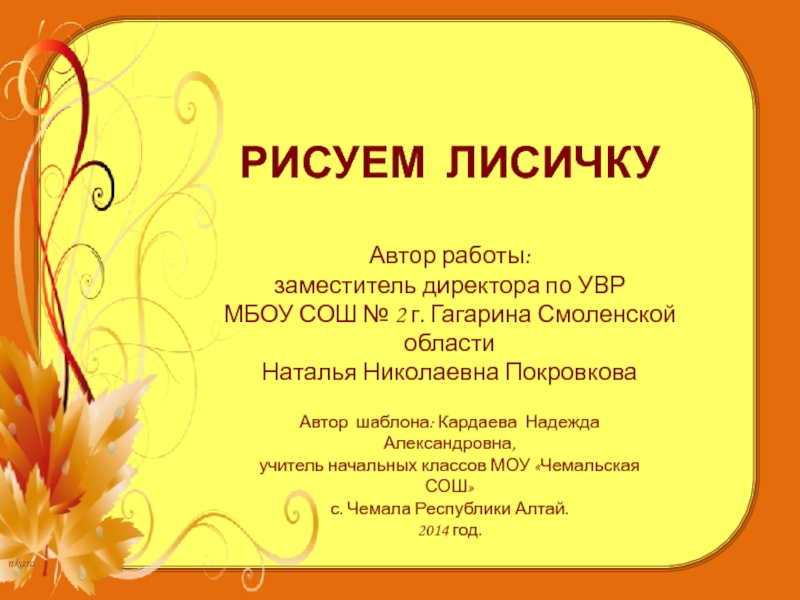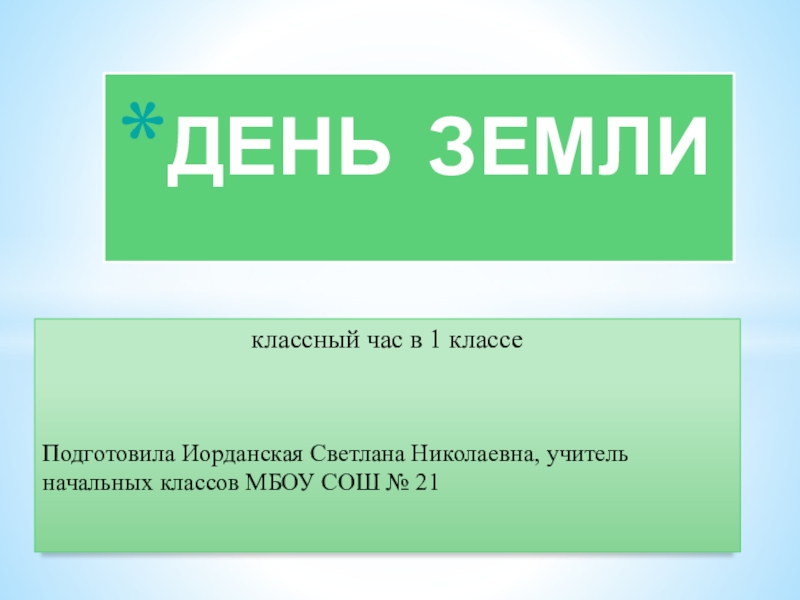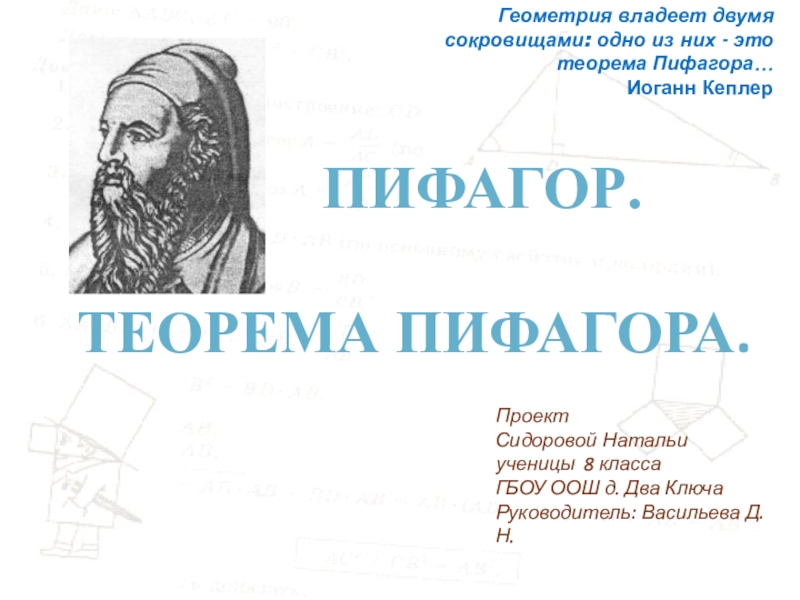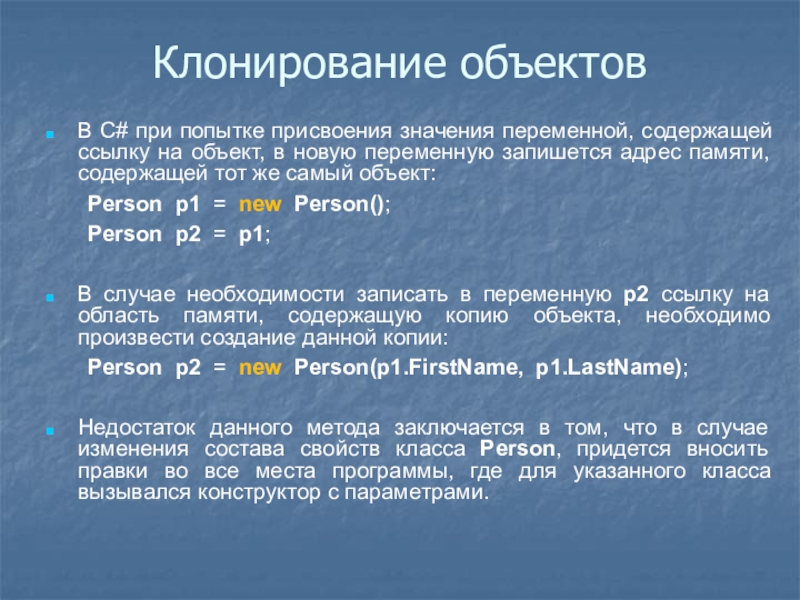Слайд 1Introduction to the Madrid system
International Center of the Lomonosov
Moscow State University,
Geneva,
May 31, 2012
Emily Erskine
Information and Promotion Division
Brands
and Designs Sector
The World Intellectual Property Organization
Слайд 2Course Outline
Overview of the Madrid system
Options for the Registration of
Marks
Procedural Summary
Phase I – Office of Origin
Phase II – International
Bureau
Phase III – Office of the Designated Contracting Party
Management of the International Registration
Practical Analysis of the Madrid system’s Operations
Users’ Views – Video
Case Studies
Слайд 3Overview of the Madrid system
Introduction
Objectives
Legal Background and Framework
Geographical
Scope
Basic Features
Advantages
Statistics
What’s New
Слайд 4Madrid system: introduction
International Registration of marks administered by the International
Bureau of WIPO: Headquarters in Geneva, Switzerland
Offers filing, registration and
management of trademarks under 87 jurisdictions worldwide (http://www.wipo.int/madrid/en/members/)
More than 1, 000 000 Marks registered in 120 Years
A legal tool – grant and enforcement of rights
A business tool – access to international trade
A marketing tool - branding
An administrative tool – facilitates and centralizes formalities
http://www.wipo.int/multimedia/en/madrid/madrid-videos/index.html (users’ points of view)
Слайд 5Objectives
Obtaining and maintaining protection of marks in several countries through
a single international application
Simple, flexible, user-friendly, time and cost-effective option
to access a wide range of export markets through one central filing, registration, maintenance and management mechanism
An option to the traditional national or regional route
Слайд 6One System - Two Treaties
Madrid Agreement concerning the International Registration
of Marks (1891)
Protocol Relating to the Madrid Agreement (1989)
Слайд 7Differences between the Agreement and the Protocol
Слайд 8Legal Background
1883
1891
1989
Слайд 9Legal Framework I
Madrid Agreement (1891)
Madrid Protocol (1989)
Common Regulations (1996)
Administrative Instructions
(2002)
Nice Agreement (Classification - 1957)
Vienna Agreement (Classification - 1973)
National/Regional Laws
& Regulations of Contracting Parties (http://www.wipo.int/wipolex/en/)
Слайд 10Legal Framework II
Madrid Treaties and Regulations
Basic principles and mechanism
of the Madrid system
formal conditions
filing procedures
centralized registration
and management
Domestic Laws and Regulations of Contracting Parties
Define conditions to grant trademark protection
Establish procedures for trademark protection
Determine rights that result from protection
Слайд 12Basic Features 1 – Application
Entitlement (Articles 2 & 3,
Paris Convention)
Basic application or registration
Exclusively through the Office of Origin
Form:
MM1 (A) or MM2 (P) or MM3 (AP)
Languages: English/French/Spanish
Classification: Nice Classification
Fees
Designations (between 1 and 87 options)
Слайд 13Precondition
Madrid Agreement and Madrid Protocol
Articles 2 & 3 - Paris
Convention
Слайд 14Connections
Establishment
Domicile
Nationality
Common Treaty
Applicant
Office of Origin
Member State or Organization of Office
of Origin
Designated Contracting Party
Member State or Organization
1
2
Слайд 15Basic Features 2 - Registration
Possibility of Refusal by designated Contracting
Party (deadline)
Statement of Grant of protection
Extension to new Contracting
Parties
Changes/Modifications
5 year dependency period
Central attack – Ceasing of effects (withdrawal, lapse, renunciation, final decision of rejection, cancellation or invalidation)
Transformation of the international registration into national or regional applications
10 years term of protection renewable every 10 years
Слайд 16Synopsis: Advantages for Trademark Owners
A TM owner can register his
mark in all the countries party to the system by
filing:
a single international application
in one language (English, French or Spanish)
subject to one set of fees (one currency)
no Associate fees required at filing
Thereafter, the international registration can be maintained and renewed through a single procedure
subsequent changes to the International Register
extension to more countries
The Madrid system therefore reduces the administrative burden and costs involved in registering and maintaining marks in several countries
Слайд 17
http://www.wipo.int/madrid/en/statistics/
Statistics
Слайд 18International Registrations in Force on December 31, 2011
Registrations in force:
540,089
Containing some 5 540 000 active designations
Belonging to
178, 507 different right-holders (many of them SMEs)
40, 711 international registrations recorded by the International Bureau
Слайд 19Comparison - Statistics 2010 - 2011
Слайд 20Major Filing Contracting Parties in 2011
Слайд 21Most Designated Contracting Parties – Registration and Post Registration
Слайд 22Most Popular Classes in International Registrations in 2011
Слайд 23The Oldest Valid International Mark
Originally registered in Switzerland in 1889
then internationally in 1893
Слайд 26Recent Development in 2011
Mandatory Statements of Grant of Protection as
of January 1, 2011
Two anniversaries in April 2011:
120 years
of the Madrid system (April 14, 1891)
15 years of operations of the Madrid Protocol (April 1, 1996)
Слайд 27Recent Accessions
Recent accessions to the Madrid Protocol
April 25, 2012: Philippines
May
29, 2012: Columbia
March 2012 Mexico – Approval by Senate
2011: Tajikistan
Future
accessions – under consideration
Costa Rica and Dominican Republic
ASEAN countries by 2015
India
Barbados, Jamaica and Trinidad & Tobago
Malta
New Zealand
South Africa
ARIPO
Madrid Protocol
Слайд 28Some Information Products and Services
3 New Web-based Communication Services: http://www.wipo.int/madrid/en/services
Madrid
Real-time Status (MRS) – Status of applications
Madrid Electronic Alert (MEA)
– Status of registrations
Madrid Portfolio Manager (MPM) – Management of trademark portfolio
The Madrid Highlights – First Edition – March 2012
Legal texts, Guide to the International Registration of Marks, Information Notices, Forms, List of Contracting Parties
Fee Calculator: Cost Estimate (Various Operations)
Madrid Simulator: International Application Simulator
Madrid system Goods and Services Manager
WIPO Gazette
ROMARIN: on-line search database
http://www.wipo.int/madrid/en/
Слайд 29Options for the Registration of Marks
Слайд 303 Ways to Register a Trademark
The National Route
The Regional Route
African
Regional Industrial Property Office (ARIPO)
Office for the Harmonization of the
Internal Market (OHIM)
Organisation Africaine de la Propriété Intellectuelle (OAPI)
The International Route - Madrid System
Benelux Office for Intellectual Property (BOIP)
Слайд 31The National Route vs. the Madrid Route
Several offices for filing
Several
application forms
Several languages
Several currencies
Several registrations
Several renewals
Several modifications
Foreign attorney needed from
filing
One Office for filing
One single application form
One language (E/F/S)
One currency (CHF)
One international registration
One renewal
One modification
Foreign attorney first needed in case of refusal
Слайд 32Procedural Summary – Madrid system
International Registration Procedure
Phase I – Office
of Origin
Phase II – International Bureau
Phase III – Office of
the Designated Contracting Party
Management of the International Registration
Case Studies: Management of Internaitonal Registration
Subsequent Designation
Transfer of rights
Refusals – Responding through Request for Limitation of Goods and Services
Licenses
Change of Representative
Слайд 33International Registration Procedure
International Application
OFFICE OF
ORIGIN
Certifies entitlement/basic mark and
forwards the application to the IB
INTERNATIONAL
BUREAU
OFFICES OF
DESIGNATED
CONTRACTING
PARTIES
Formal examination
Records in the
International Register
Publishes in the International Gazette
Notifies designated Contracting Parties
Substantive Examination – Time Limit
Grant of Protection
Provisional Refusal
Слайд 34Phase I - Examination Procedure (OO)
Слайд 35Phase II – Examination Procedure 1 (IB)
Слайд 36Examination Procedure 2 (IB)
No Irregularities
Слайд 37Examination Procedure 3 (IB)
: Irregularities
Слайд 38 Phase III
- Examination Procedure (Designated CP)
Слайд 39Grounds for Refusals
Absolute Grounds
devoid of any distinctive character
generic
descriptive: indicate
the kind, quality, quantity, purpose, value, place of origin of
goods
service marks that are likely to deceive consumers
considered to be contrary to public order or morality («baby girl» 4 smoking items)
contrary to honest practices in industrial or commercial matters
Слайд 40Distinctive
Not Distinctive
Safari 4 Jewellery
« Football World Cup 2012 » 4
Sports Events
«Crispy» 4 chips
1818DZX for Cosmetics
Apple 4 Computers or Cell
Phones
Grounds for Refusals – Absolute Grounds
Generic
«Phone» 4 Mobile Phone
Descriptive
«Sweets» 4 Confectionery
Слайд 41Relative Grounds for Refusals
Where there exists a likelihood of confusion
with an earlier trade mark and when an identical/similar trade
mark is to be used on goods or services which are identical/similar to the earlier registered mark
Other issues such as the nature of the goods or services, their methods of use, end users and whether they are in competition with each other are considered when assessing similarity
EARLIER MARK
COSMOPOLITAN
(MAGAZINES)
REGIONAL APPLICATION
COSMOPOLITAN
(COSMETICS)
Слайд 42Refusals – Procedures to Responses
Governed by national law – vary
from country to country
Strategies/procedures for responding also vary accordingly –
specificities
Likely first step
Decide early on strategy
Appoint local representative – not mandatory (advisable)
Obtain advice
Слайд 44The Role of the Office of Origin I
International Application
Concordance between
the basic mark and the international mark
Applicant
Goods and Services
Color Combination
and claim
Certification and signature
Presentation – postal order, eletronic means, fax transmission
(Article 1(2); Article 2(2))
Guidance
Irregularities
Fees
Article 3(1)
Rules 9(1), 9(5)(d) and 11(7)
Слайд 45The Role of the Office of Origin II
International Registration
Notification to
the IB of cancellation, refusal, withdrawal or ceasing of effects
of basic mark within the dependency period
Transmission of other requests to the IB, i.e., TR – EX
Notify IB of Changes in the Basic Mark
Request for Cancellation of the International Registration
Слайд 46The Role of the International Bureau International Application/Registration
Procedural
Counterchecks formalities
International Registration
Number and Date
Records in the International Register
Notifies designated Contracting
Parties
Informs Office of Origin
Sends a Certificate to holder
Publishes in the Gazette
Centralized Management
Rules 9, 11, 12, 13 and 15
Слайд 47International Registration Date = date the OO certifies having received
application (unchanged)
January 2, 2012
Reception by OO
March 2, 2012 Reception by
IB
2 months
Слайд 48International Registration Date
International Registration Date = date IB receives complete/corrected
application (modified)
2 months
March 1, 2012 Reception by OO
May 1, 2012
Reception by IB
Beyond 2 month period
May 14, 2012
Reception by IB
Слайд 49Effects of the International Registration
International Registration = National Application/Registration
A National
Application until the expiry of the time limit to issue
a refusal
A National Registration when the time limit to issue a refusal expires
A National Registration in case:
No Refusal within time limit
Refusal not regarded as such
Refusal Withdrawn
Only concern designated CPs - territorial
(Article 4)
Слайд 50The Role of the Office of the Designated Contracting Party
I
Substantive Examination of the International Registration
Decision
Grant of Protection
Refusal
Opposition
Final Decision
Substantive Examination
of Subsequent designations
Слайд 51The Role of the Office of the Designated Contracting Party
II
Notify the International Bureau
Mandatory Statement of Grant of Protection (2011)
Provisional
Refusal within time limit
Confirmation of Refusal or Grant of Protection
Further Decision in case of an appeal
Declaration that a limitation has no effect
Replacement of a national or regional registration
The effects of an IR have been invalidated
Transformation of IR into national/regional application
Other matters
Слайд 52Management of an International Registration I
Subsequent Designation
Change in Ownership
Change
in name and/or address of Holder
Change in name and/or address
of Representative
Limitation (some G&S – some/all CPs)
Cancellation of G&S (some/all G&S – all CPs)
Renunciation (all G&S – some CPs)
Licenses
Renewal
Cancellation of the international registration
Слайд 53Management of an International Registration II
Dependence
Ceasing of Effects
Independence
Слайд 54Ceasing of Effects
If a basic mark “ceases to have effect”
in whole
or in part within 5 years of date of
IR, Office
of Origin notifies IB, pursuant to Rule 22, and requests partial or total cancellation of IR
International Bureau cancels IR to the extent requested by Office of Origin. IB notifies all designated Contracting Parties of partial or total cancellation of IR, records and publishes the information
No particular action required; some designated Contracting Parties may update their databases
Слайд 55Dependence - Independence
What happens if the basic application or
registration is refused, withdrawn or ceases to have effect?
before the expiry of 5 years
5 years after the international registration
no effect, international registration becomes independent (Art. 6(2))’
international registration still depends on national mark (Art. 6(3)): risk of ‘central attack’
Слайд 56Practical Analysis of the Madrid system’s Operations
Users’ Views – Video
Shiseido
Treasury
Wine Estate
Case Studies
Слайд 60Case Study (3)
Achieving Trademark rights in the European Community and
the US for an Asian company
Applicant = Indian Company
Entitlement =
establishment in Mongolia
Designations = EM, US, + any others
Слайд 61Case Study 4 – RF/FD/LI
Holder of International Registration – Shiseido
Office of Origin – Italy (1977)– Entitlement
Class 21 –
Toilet utensils; cosmetic utensils.
Designations: ES, NA, KR, US, AT, CN, GH
Refusals from Korea and US only
Terms too vague (LI – proposed)
LI – Solution from Holder
Toilet utensils, namely, toilet sponges, toilet brushes and toilet brush holders; cosmetic utensils, namely, cosmetic brushes and cosmetic removing paper
Final Decision – Limitation (above)
Entitement
Designations
G&S
RF
LI
FD
Слайд 62Case Study 6
IR May 26, 1985
Designations: 20 Contracting Parties
Classes: 7
classes
Refusal – 1 only (PL)
RF = all the goods and
services
FD = Reversal – Acceptance for all the goods and services
RF
FD (V)
Слайд 63Case Study 7
EN/IR – 1993 – 10 Classes
EX (1CP/ALL G&S)
TR – 1999 (ALL CPs/3 G&S)
TR – 2000 – (ALL
CPs/ALL G&S)
RE – 2003 (1CP)
EX – (3 CPs/diff. G&S)
RE – 4 CPs
LI – (ALL CPs & ALL G&S
EX (2 CPs/1 Class
Слайд 64Case Study 7 Cont’d
IRN 73689724A
EN – 1993 – Designations:
AT BG BX CH
Holder: Platform Ltd., USA
G&S: 03 09 14
16 18 20 24 25 27 28
Extension to BY – all G&S
Transfer to PlasticForm Co. USA + Change of Rep. - 1999
Designations - all
G&S – class 3 only
Transfer to Casandra & Co. Ltd. Spain – 2000
Designations – All
G&S – All
Renewal in 2003 – for CH only
Слайд 65Case Study 7 Cont’d
PlasticForm Co. USA
EX – GB, GR, TR
+ LI as FF
GB – class 9, 14, 16
GR –
class 14, 14
TR – class 03 09 14 16 18 20 24 25 27 28
Renewal for BY, GB, GR, TR
PlasticForm Co. USA – Licensed for all designations and all G&S to Société de Création des Puits, SARL, France
Further Extension to FI, SE – Class 27 only
Слайд 66Case Study 8 - Ceasing of Effects
IR – February 2000
– OO/SE
Goods and Services: Class 35
Total Ceasing of Effects:
the basic application number XXXXXX has ceased to have effect as from 20.02.2004. This decision affects all goods and services
IR – September 2000 – OO/DE
Goods and Services : Classes 9, 16, 36, 38 and 42
Partial Ceasing of Effects: the basic registration number 399 77 318.5/38 has been renounced in respect of certain goods and services. The renunciation was declared on 14/01/2004
Classes 9, 16, 36, 38 and 42 are modified (limited)
Class 35 is cancelled
Слайд 67Summary
The Madrid system
Advantages
Objectives
Roles/Procedures (IB, CP, OO)
Dependence/Independence
Renewal
Legal Background
Basic Application/Registration
Gazette




































































